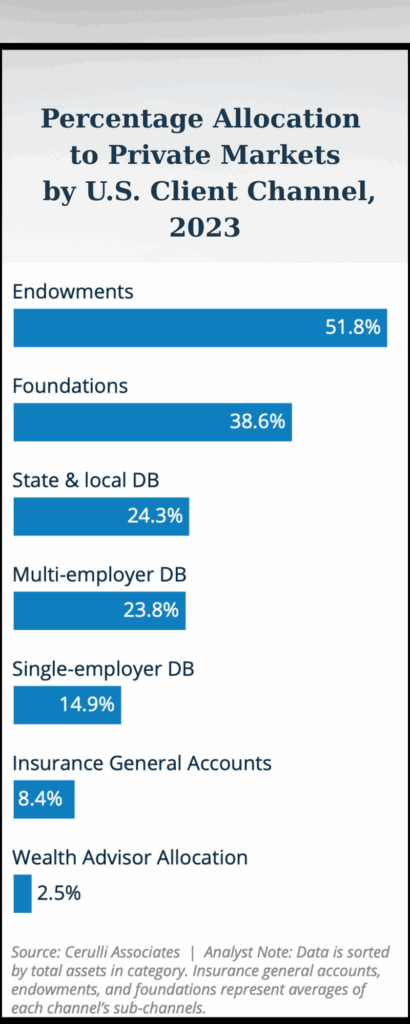
“Regulatory arbitrage” has been cited by RIJ and others as a reason for the use of Bermuda reinsurance private equity-led U.S. life/annuity companies. But what does that jargonish expression mean in this context? Indeed, it would take an expert in international accounting rules to explain it accurately.
Moody’s does the necessary explaining in “Regulation contributes to material differences in private credit allocation,” one of the ratings agency’s Sector-in-Depth reports, published in May. The report is essential reading for anyone trying to understand the offshore leg of the “Bermuda Triangle” strategy.
“To highlight how variations in regulatory capital requirements and reserve calculations play a role in shaping life insurers’ investment choices,” Moody’s analysts compared and contrasted regulatory capital regimes in the U.S., Bermuda, Europe and Japan, as well as U.S. life insurers’ investment portfolio allocations in each jurisdiction.
Moody’s report clarifies the link between cross-border accounting maneuvers and life insurers’ investments in risky private assets. U.S. accounting rules, with their higher risk-related capital requirements, can make it uneconomical for private equity-led insurers to hold as much illiquid, opaque, customized, and high-yielding assets as they hope to. “whose regulatory treatment is unclear.”
“The development of new investment vehicles whose regulatory treatment is unclear, along with a release of capital under certain transactions as insurers transfer assets and liabilities among various jurisdictions, notably from the US to Bermuda, are pushing regulators to increase their scrutiny of reinsurance transactions and private credit assets,” the report said.
Moody’s notes that the accounting “regime in Bermuda tends to allow for a higher discount rate than other jurisdictions” and that this “directly impacts the level of liabilities and therefore an insurer’s level of available capital (the difference between the value of an insurer’s assets and the value of its liabilities). The more insurers can discount their liabilities, the stronger their solvency ratios are.” The unanswered question: Are they stronger in fact or only on paper?
“US life insurers have been increasing their allocation to private credit, an evolving asset class that includes private corporate lending, notably to middle-market companies owned by private equity. Private credit also includes various types of private financing, such as real estate and infrastructure projects, as well as private loans against a vast array of assets that can be grouped under the term asset-backed finance (ABF),” the report said.
“As of year-end 2022, U.S. life insurers held more than $4.5 trillion in total cash and invested assets in their general accounts, of which at least $1.5 trillion (35%) was invested in illiquid and private assets. These assets are concentrated in mortgages (17%) and securitized assets (16%), with noticeable growth in collateralized loan obligations (CLOs), which represent between 3%-4% of total cash and invested assets.”
On the one hand, regulatory arbitrage reduces capital requirements, giving life insurers “improved capital efficiency.” But in the process it can raise the degree of leverage in the insurance business, making it systemically more sensitive to a downturn in asset prices or a credit crunch. Moody’s report shows that both the NAIC in the US and the Bermuda Monetary Authority have written revised regulations that take effect this year. RIJ will report on those changes in future articles.
Moody’s defines private credit as:
“Non-bank lending to mostly private-equity owned, middle market companies that are not publicly traded or issued. This can be distressed or opportunistic and is typically below investment grade. For insurers, these asset classes form the minority of private fixed income investments.
“Our definition also includes significant exposure to classes such as real estate, including commercial mortgage loans, and infrastructure lending and private placements with corporate [bonds], which are typically investment grade and where most insurers invest, and other asset-based finance. Private credit offers incremental return, often referred to as ‘illiquidity premium,’ over equivalent publicly traded assets which have additional liquidity and market transparency.”
© 2024 RIJ Publishing LLC. All rights reserved.


